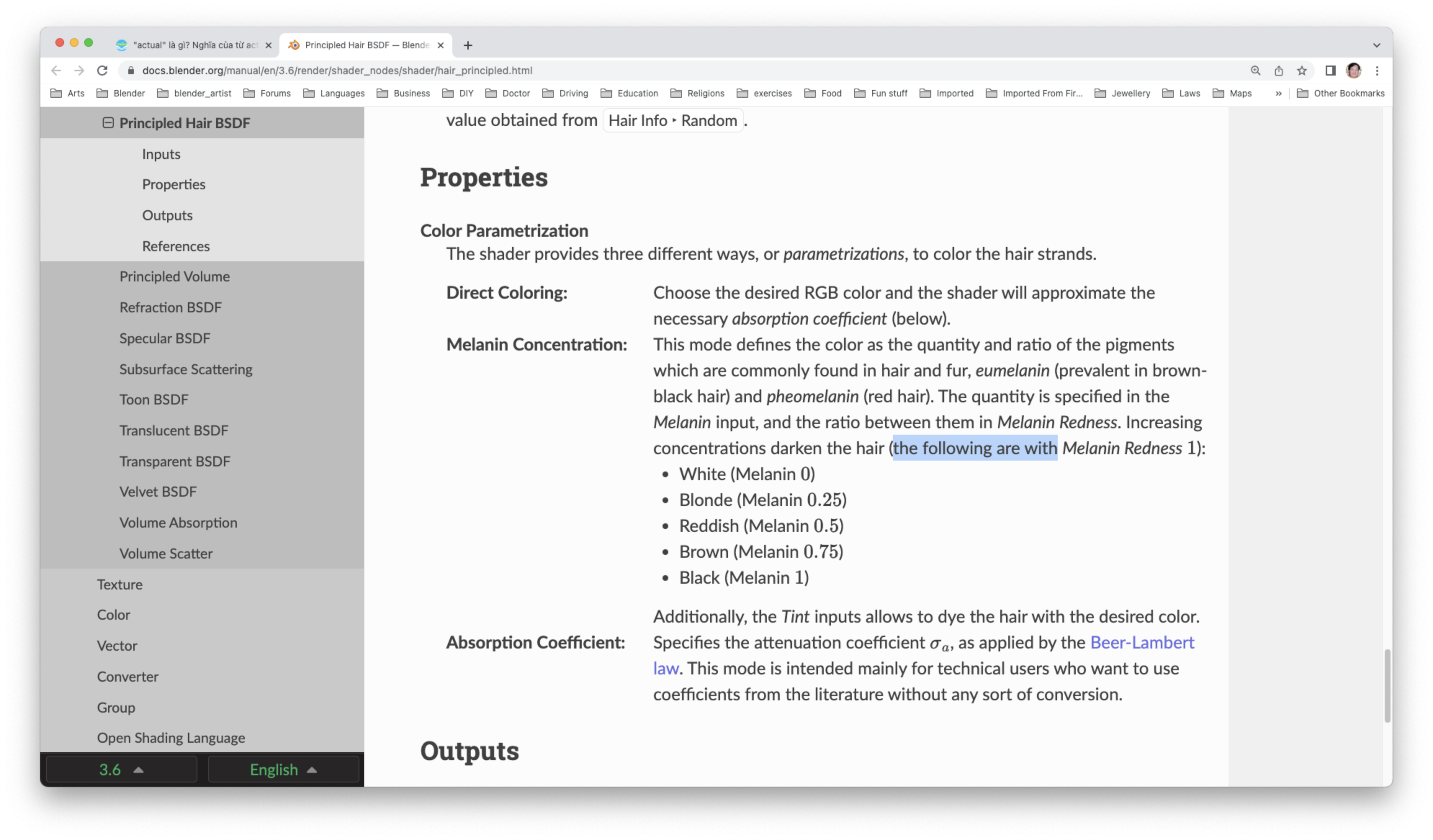Grama typo #104494
Labels
No Label
Meta
Good First Issue
Module
Animation & Rigging
Module
Core
Module
Development Management
Module
Eevee & Viewport
Module
Grease Pencil
Module
Modeling
Module
Nodes & Physics
Module
Pipeline, Assets & IO
Module
Platforms, Builds, Tests & Devices
Module
Python API
Module
Rendering & Cycles
Module
Sculpt, Paint & Texture
Module
User Interface
Module
VFX & Video
Priority
High
Priority
Low
Priority
Normal
Status
Archived
Status
Confirmed
Status
Duplicate
Status
Needs Information from Developers
Status
Needs Information from User
Status
Needs Triage
Status
Resolved
Type
Bug
Type
Design
Type
Known Issue
Type
Patch
Type
Report
Type
To Do
No Milestone
No project
No Assignees
2 Participants
Notifications
Due Date
No due date set.
Dependencies
No dependencies set.
Reference: blender/blender-manual#104494
Loading…
Reference in New Issue
Block a user
No description provided.
Delete Branch "%!s()"
Deleting a branch is permanent. Although the deleted branch may continue to exist for a short time before it actually gets removed, it CANNOT be undone in most cases. Continue?
Page Information
File:
manual/render/shader_nodes/shader/hair_principled.rstBlender Version:
3.6Documentation Language:
enPermanent Link
Short description of error

See the attached image:
it should be 'the followings are with...'
The highlighted text looks correct. We use "the following" when introducing a thing, list of multiple things, person, or multiple people that we are about to mention further. The "following" used here is a pronoun and this usage can be a bit tricky as it is used for singular and plural subjects so you have to careful with subject-verb agreement. The following is a man who is fast. The following are people who are really fast. The following is a summary of my book. The following are items in my pocket.
Note that we also use "following" as a countable noun for a group of admirers or supporters. We only use "followings" when talking of multiple groups of admirers or supporters. For example a single author might have a large following, but multiple authors have large followings.
Yes you are right. I found this explanation
Following here is a participle, a verb form normally used to modify a noun, but the noun is not expressed when "the following" ends the phrase. Like an adjective, "following" does not change form for plural, so you could say "the following item" (singular) or "the following items" (plural), or in place of either, "the following", referring to the item or items that follow the current phrase.
(https://forum.wordreference.com/threads/followings-or-following.865095/)
Yes, English can be pretty weird and inconsistent. Closing